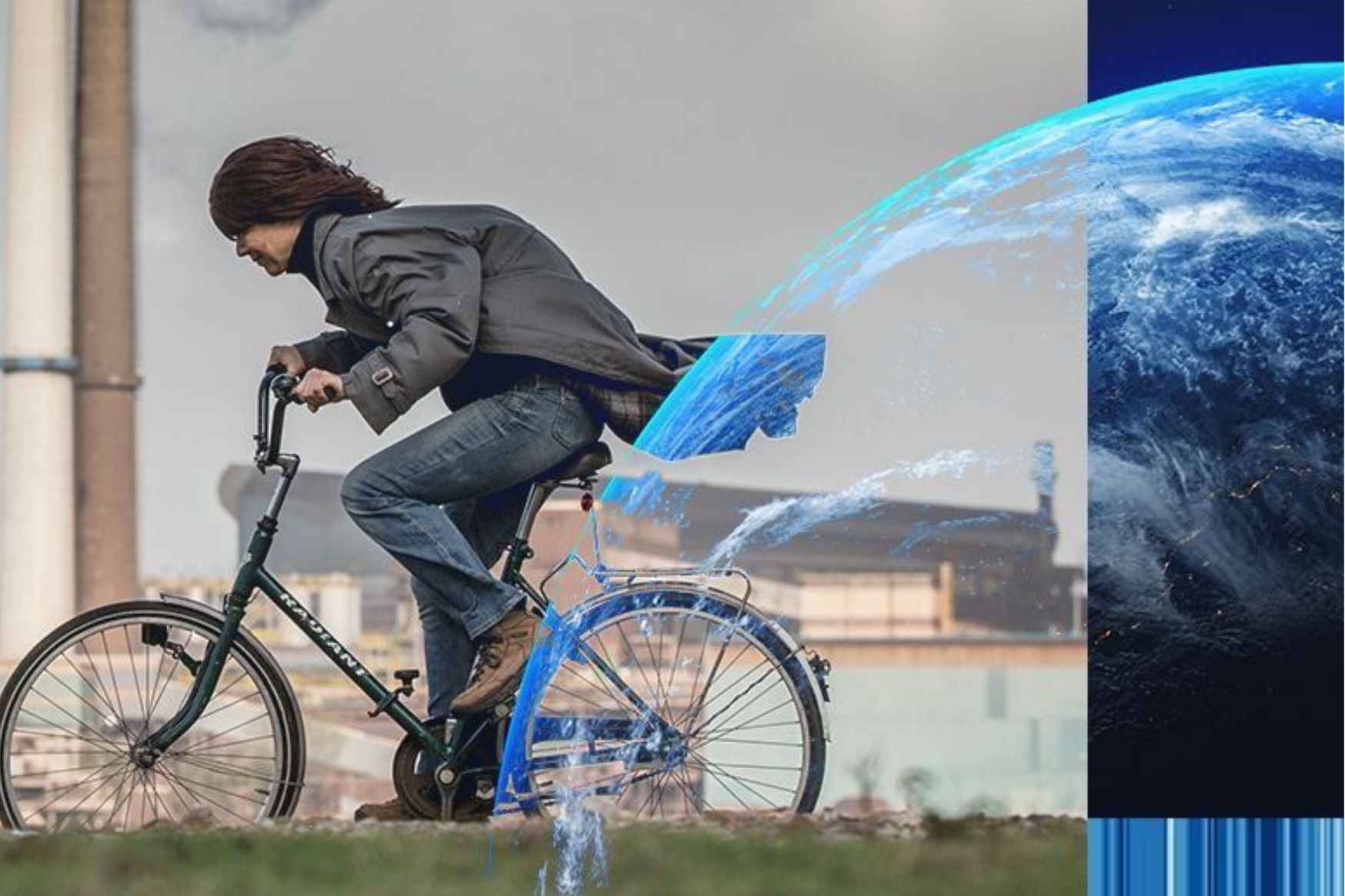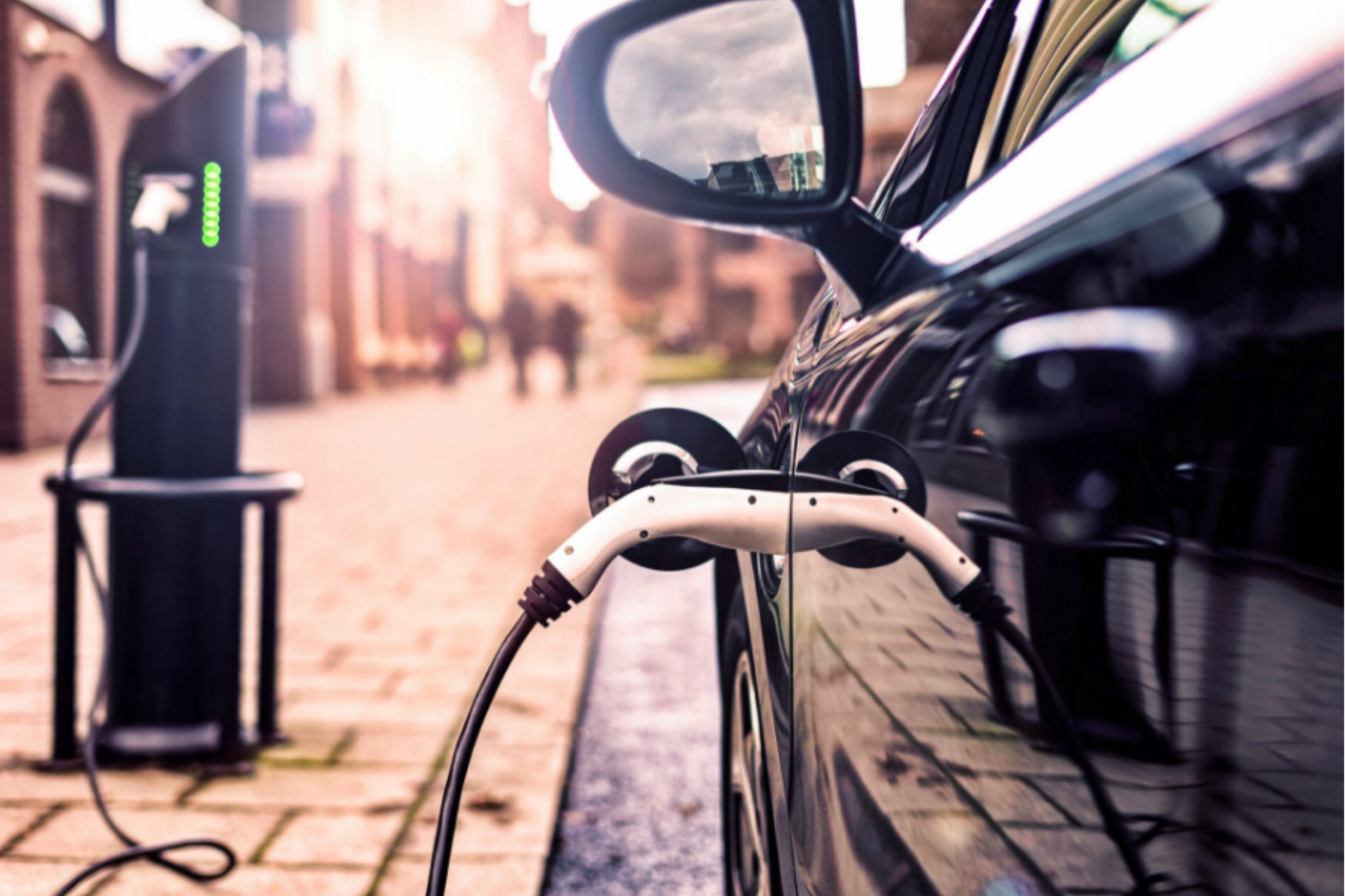
Here are four things you can do to reduce your Carbon Footprint in support of COP26
COP26 is finally here in Glasgow from 31st October until 12th November, and world leaders will discuss the global climate emergency and their aim to complete a comprehensive plan to recognise the goals of the 2015 Paris Agreement.
Tackling climate change will require world leaders to act on a global level, but we all, as individuals, can contribute to reducing the release of damaging emissions by doing our part to help.
Here are four things you can do to reduce your personal carbon footprint:
Insulate your home
By insulating your home properly you will reduce the amount of energy that you use to heat your home, and not only will this lower your carbon footprint, but it will also save you money by reducing your utility bills.
As well as insulating your loft, underfloor, cavity walls, or solid walls, upgrading to an efficient gas boiler will reduce the production of unnecessary heat.
A bigger step that you can make is to install a renewable heating system, such as an air-source heat pump, that generates heat from your home using outside air without the need to burn harmful fossil fuels.
On a day-to-day basis, switching off lights and appliances around the home when not in use can help, and draught-proofing is one of the cheapest and most effective ways to save energy.
This involves preventing unwanted gaps from letting cold air in and warm air out, such as around your underfloor, lofts and skirting boards.
There are lots of home improvements that can be made to help the planet. It can be overwhelming but it is important that you start somewhere.
You should also be aware that the government has various grant and loan schemes in place that offer financial support to those looking to improve the energy efficiency of their homes.
Cut down on food waste and reduce red meat consumption
Livestock creates 14% of all greenhouse gases, with cattle being by far the largest contributor. The simplest and most effective way to limit your impact is to reduce consumption of meat and dairy in your diet, particularly red meat such as lamb and beef.
If that is not feasible, then only buy produce as and when you need it to reduce wastage, and try to use local suppliers.
There are no ‘good’ or ‘bad’ foods, but Professor Margaret Gill from the University of Aberdeen says, ‘There is a carbon footprint of any given food, it just depends on how it is produced, where it comes from and the season.’
Drive less, fly less
Transport is responsible for almost one quarter of carbon dioxide global emissions.
Avoid flying, or use it as little as possible.
Living car-free could be one of the most impactful things we do to reduce transport emissions, but it can be difficult and so try taking small steps like walking to the local shops or cycling to meet friends.
Ditching the car is not possible for everyone, but you could car share with colleagues to cut out duplicate journeys.
Also, consider changing to an electric or hybrid car.
There are lots of new models available now which are affordable and some come with government financial assistance.
Think before you buy
Did you know that according to the UN’s Environment Programme that it takes 3,781 litres of water to make one pair of jeans?
This takes into consideration the cotton production, manufacture, transport and washing, and this high water use means high energy use too.
You can limit your impact by repairing minor faults in your clothing yourself rather than buying new, or try donating clothes instead of throwing them away.
If you are needing a new wardrobe – buying second hand from online websites or charity shops can reduce waste and also save you money.
Try and change the way you live your life.
Small steps lead to bigger ones, and they all help to minimise the environmental impact.

